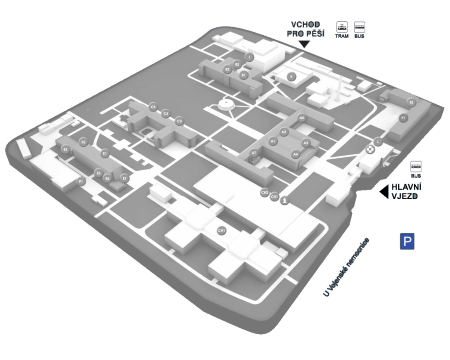Simulations of critical conditions requiring rapid and effective intervention have become an integral part of teaching and education, including in emergency and intensive care medicine. Theoretical knowledge training form the basis of medical education and constitute a large part of teaching, but theory is not everything. In medicine there are a number of practical skills, some of them „life-saving“ that cannot be learned only theoretically. A number of clinical situations require a reasonably fast sequence of diagnostic and therapeutic steps, a combination of practical application of knowledge and manual skills. For many life-threatening conditions, generally accepted algorithms/guidelines exists. Cases from everyday practice continue to remind us that a patients life may often depend on the speed and accuracy of their application.
Most errors in healthcare are human errors. Some of these can be avoided and are rarely due to a lack of knowledge. The problem is largely the inability to transform acquired theoretical knowledge into reality. Where in medical care it is necessary to work in a group good communication is required, which is a prerequisite for effective interaction and good results. Both medical staff and layman are expected to be able to face a medical condition that they are encountering for the first time and perhaps the last time in their lives.
Only textbooks are simply not enough to teach medicine and health science. It is also necessary to learn in specific practical clinical scenarios. The possibilities of practical teaching on the ward are logically limited in urgent medicine either because the procedure cannot be entrusted to inexperienced hands or the clinical situation is rare, often extremely. In addition, events are usually unplanned and unexpected. In addition, bedside teaching is completely inaccessible to non-medical workers. It is possible to use healthy volunteers to practice, but there is still no possibility of practicing invasive procedures.
The natural human tendency to forget forces us to review and practice our knowledge and skills repeatedly.
Simulation medicine offers the ability to practice in a realistic environment, safe not only for students, but especially for the "patient". Realistic manequins enable the practice of individual practical skills, but in particular the possibility of simulate "complex" clinical situation requiring the specific timing of steps in treatment and good teamwork. All this can be planned and simulated without endangering a patient´s health.
Simulation medicine uses what has been known for over 50 years: namely, that teaching using manequins and medical simulations is the most effective practical teaching method. From our experience, we can confirm that for a wide spectrum of students it is also the most attractive method.







